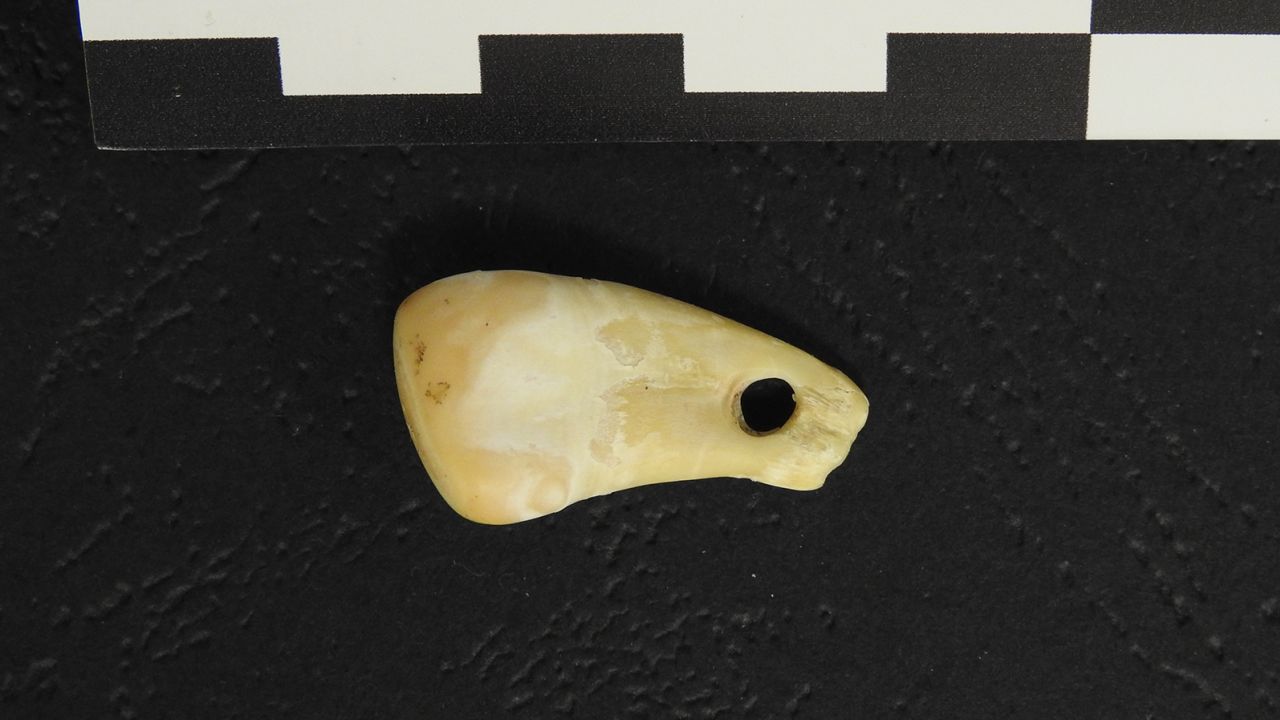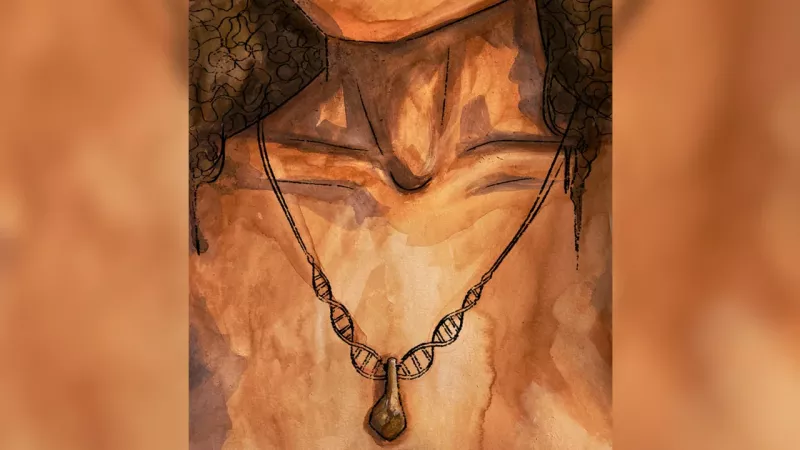One of the great rewards for any scientist or researcher is the joy of unexpected discovery. It’s the kind of feeling Joseph Botting experienced when he found a piece of rock in 2013 “which had things with tentacles” within it at a quarry in Wales. Botting and his wife, Lucy Muir, both honorary research fellows at Amgueddfa Cymru Museum Wales, have since investigated the site and found remains belonging to 170 animals that lived in Earth’s oceans 462 million years ago. Most of the well-preserved fossils — which include incredibly rare soft tissue such as eyes, nerves and brains — appear to be completely unknown species. Identifying the remains could reveal more about the increasingly complex organisms that evolved underwater before any animals transitioned to live on land. But when fossils can’t tell the tale, sometimes it’s up to other objects to fill in the gaps of history.

A deer tooth pendant has revealed details about the woman who wore it between 19,000 and 25,000 years ago. The groundbreaking analysis by a team of European researchers marks the first time scientists have successfully isolated ancient human DNA from a Stone Age artifact. The pendant, found in Denisova Cave in southern Siberia, was porous enough to absorb and retain the genetic material from skin cells and sweat. The noninvasive technique the study team developed to extract DNA could also be used to learn more about early humans and Neanderthals, who left behind more tools and ornaments than fossils.
Other worlds
Astronomers for the first time ever were able to see the exact moment that a dying star swallowed a planet. As the star experienced its death throes, it swelled to a million times its size and released a white-hot flash observed by researchers as it devoured a Jupiter-size gas giant. This planetary demise was something of a preview for Earth’s eventual fate in 5 billion years when our sun is expected to engulf multiple planets as it dies. Separately, the James Webb Space Telescope just detected an intriguing water vapor signature in a planetary system located 26 light-years away, and it might be a sign of what would be the first-known atmosphere surrounding a rocky exoplanet.
Ocean secrets

For decades, currents have swirled bits of plastic and trash that have accumulated into the Great Pacific Garbage Patch, a 620,000-square-mile (1,605,792-square-kilometer) mass in the ocean between California and Hawaii. But so much marine life has found a way to thrive there that the patch is a floating ecosystem. Now, a series of dives to the patch has revealed that translucent creatures like violet sea snails and jellyfish relatives known as blue buttons and sea rafts also call the mass of trash their home. Meanwhile, 100 renowned photographers have united to raise money for ocean conservation by selling some of their most stunning images of water-related scenes, including an emperor penguin in midair, a manatee and her calf, and seahorses at night.
A long time ago
Mammoth tusks can tell stories about the now-extinct creatures the same way the rings of a tree record information about its environment and life span. An international team of researchers has now detected traces of ancient hormones locked inside the tusk of a woolly mammoth that lived more than 33,000 years ago. The record of testosterone the study team discovered within the fossil provided the first direct evidence that mammoths experienced musth like their living elephant relatives.
While experiencing musth, which is a testosterone-fueled period of heightened aggression during mating season, the male mammoths likely clashed and fought one another.




